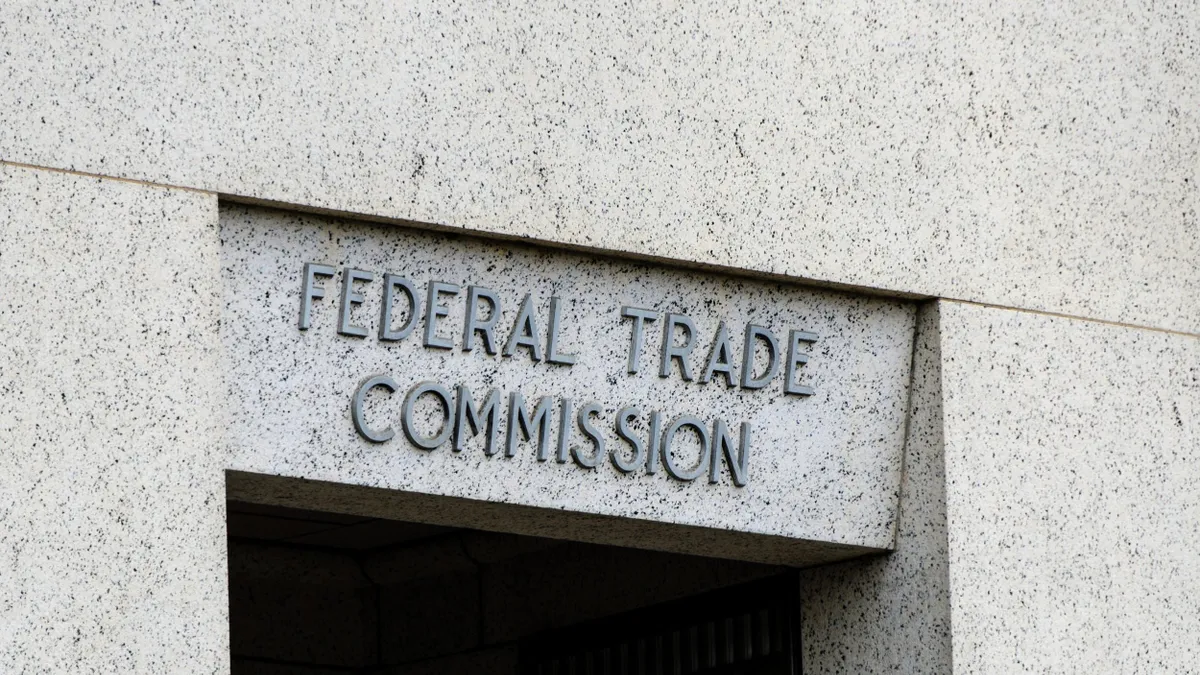Ask any teacher and you’re likely to hear about the persistent presence of social media in their students' lives, for better or worse. But ask about their school leaders and you’re far more likely to get a shrug of the shoulders. The force that has transformed the way teenagers interact with each other has far less sway over the people heading up those students’ schools.
But Scott McLeod, a former teacher and currently the Director of Learning, Teaching, and Innovation for Prairie Lakes Area Education Agency in Iowa, says that shouldn’t be the case. School administrators, he says, can use the tool both to communicate with members of the community and to further their own professional development.
“Their parents and their communities are in Twitter and other social media spaces,” he said. “Those old newsletters home just aren’t cutting it. School leaders have got to go where the people are.”
Typically, he says, administrators’ Twitter voyage follows a familiar progression. At first, they join Twitter at the urging of a friend or staff member and their account languishes, unused. Then they start to use it for basic announcements of rallies, parent-teacher conferences, and the like. What happens next is the eye-opening moment: The administrator realizes they can follow a whole cohort of people, locally, nationally, and internationally.
“Now all of the sudden, these people are feeding him or her useful resources,” McLeod said. He calls it the “global lurker” stage, when a principal or district administrator realizes they can get the equivalent of leadership manuals, in short 140-character bursts, whenever they feel like it.
But he says the next step is actually the most important. That's when the principal or administrator realizes they can ask a question, leave a comment, or start a conversation. “Then they’re in a true professional learning network and that network has expanded beyond their local boundaries,” McLeod said.
Without Twitter and other social media sites, that kind of interaction would not be possible. So how can administrators make the most of it?
Use Twitter to unlock the classroom door
For a lot of parents and community members, the actual work that goes on in schools remains a bit of a mystery. McLeod says that district leaders should focus first on clearing up the mystery by sharing pictures, videos, and Tweets that tell parents what’s going on in their students’ classroom. It can help build trust and rapport, which pays off down the road.
“When something bad happens, they trust you because you’ve been open and transparent,” he said.
Put students in charge
Some schools have experimented with student-led social media teams, a practice McLeod thinks should expand. Administrators can pick a group of engaged and responsible students to go out and take videos and pictures of school activities to tweet out. It takes the burden off of administrators and gives students a sense of ownership and responsibility. Plus, there’s a bonus for students: They can put social media expertise on their resume and actually be able to back it up.
Don’t start from scratch
For schools just starting out, there are plenty of resources to get off the ground. If figuring out what to Tweet is intimidating, McLeod recommends looking at what other schools are doing. He worked with a group of schools last year and gave them weekly challenges like “Take a 60-second video of a student explaining their math homework.”
The list of those challenges, and what other schools have done, can be found here. McLeod also recommends figuring out where your school community already interacts.
Seek out professional networks and conversations
Most education issues have their own hashtag, like #edtech. But a lot of states have designated education chats. For example, the Iowa education community gets together every Sunday for 50 minutes to discuss a pressing issue.
Many of those hashtags have been collected here, but it’s worth checking around to see where in-state peers are. Those conversations can be an opportunity for administrators to have their voices heard on key policy issues.
Clue parents in to the conversations
When you’re having major conversations on Twitter about issues your community might be interested in, let them know. McLeod says it can help parents understand where you’re coming from and stay informed about the latest developments. In Iowa, for example, McLeod says he’d love to see more parents join in the active #iaedfuture chat.
“It would be really great if a lot of parents were following #iaedfuture conversations and resources,” he said. “They would get different narratives around what’s happening around education and reform than what’s coming through the traditional media.”
Would you like to see more education news like this in your inbox on a daily basis? Subscribe to our Education Dive email newsletter! You may also want to read Education Dive's look at why K-12 should leverage higher ed for STEM instruction.

















